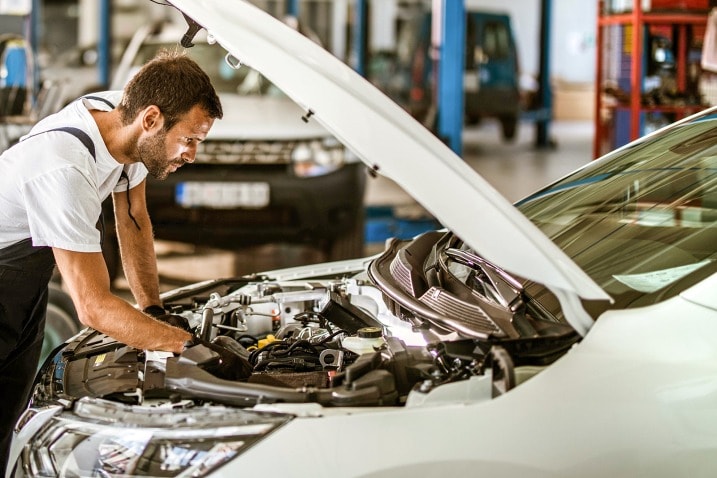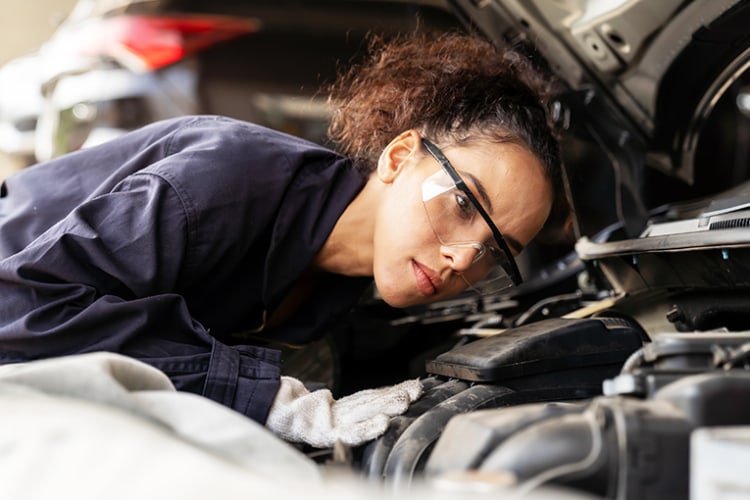All Categories
Featured

Whether it's an engine overhaul, transmission repair service, or taking care of a blown head gasket, the price of these repair services can vary commonly based on several variables. Here are the vital factors that affect the cost of significant car fixings.
- Sort Of Repair Work Needed. The nature of the repair itself is one of the most apparent aspect influencing cost. Some cars and truck fixings are extra intricate and labor-intensive than others. Fixing the engine or transmission usually includes much extra labor and pricey parts than taking care of a minor issue like a brake pad replacement. Repair services that require dismantling considerable components of the car, such as the engine or transmission, will normally be extra costly due to the intricacy of the work entailed. On the other hand, fixings to systems like the air conditioning or exhaust can often be more economical, depending on the automobile's make and design.
- Make and Design of the Car. A fixing for a European high-end automobile like a BMW or Mercedes-Benz will typically cost more than the very same repair work on a domestic car like a Ford or Chevrolet. The older the automobile, the tougher it might be to discover parts, which can additionally enhance the general price of the repair service.

- Labor Costs. Labor is just one of the largest factors to the expense of a significant auto repair service. Auto mechanic labor prices differ widely depending upon your place, the shop's online reputation, and the competence needed for the fixing. Labor expenses are typically charged by the hour, and more complex fixings will need more hours of labor. A proficient specialist or specialty shop with experience in particular kinds of repair services might bill higher per hour prices, but this can sometimes be a beneficial financial investment to guarantee the repair work is done properly. Regional distinctions in labor prices additionally play a component-- repairs in metropolitan areas may cost even more than in rural places due to greater overhanging prices.
- Components and Materials. The expense of parts is another substantial aspect. Original Tools Maker (OEM) components are typically extra expensive than aftermarket components. OEM components are made by the automobile's maker and are assured to fit your car flawlessly, but they come with a higher cost. Aftermarket components, while generally less expensive, may not constantly provide the same degree of top quality or fit, and could possibly impact the car's long-lasting efficiency. Sometimes, vehicle producers may additionally have unique parts, which can additionally raise fixing prices. The more specialized the component, the higher the expense to fix it.
- Degree of Damages. The degree of the damages to your car is also critical in establishing the repair price. Identifying the trouble can additionally be a part of the total price, particularly if the problem is intricate and calls for comprehensive diagnostic screening.

- Lorry Age and Condition. The age and general problem of the car play a function in the fixing price. Older cars might have damaged components, which could enhance the likelihood of needing major fixings. In addition, some older automobiles may need even more time to repair because they lack the more modern styles and innovation used in newer versions. If your car is old and in bad condition, it may be a lot more susceptible to break downs, which can cause greater repair work prices over time. On the other hand, newer vehicles might have less problems, but repairs can still be costly due to their innovative technology and specialized parts.
- Guarantee and Insurance Policy Coverage. If your automobile is under guarantee, this can dramatically minimize the cost of significant fixings. Some manufacturers use cost-free repairs or coverage for specific components if they fall short within a specific timeframe.
Verdict. The expense of significant automobile repairs can be influenced by a number of variables, including the sort of repair service, your vehicle's make and version, labor rates, components, and the degree of the damage. By comprehending these variables, you can make even more enlightened choices regarding keeping your automobile and budgeting for potential fixings. While some fixings may be unavoidable, staying on par with normal maintenance and addressing smaller sized problems early can aid you prevent pricey major repair work in the future. Always take into consideration getting multiple quotes from different repair work shops and weigh the benefits of making use of OEM versus aftermarket components to make one of the most cost-efficient decision for your vehicle.
Latest Posts
Experience the Boogaloo: Eating, Drinks, & Sports at FunCity Hotel
Published Feb 11, 25
2 min read
The Benefits and Applications of Ornamental Iron Fencing for Businesses
Published Feb 08, 25
2 min read
Experience the Boogaloo: Dining, Drinks, & Sports at FunCity Hotel
Published Feb 06, 25
2 min read
More
Latest Posts
Experience the Boogaloo: Eating, Drinks, & Sports at FunCity Hotel
Published Feb 11, 25
2 min read
The Benefits and Applications of Ornamental Iron Fencing for Businesses
Published Feb 08, 25
2 min read
Experience the Boogaloo: Dining, Drinks, & Sports at FunCity Hotel
Published Feb 06, 25
2 min read